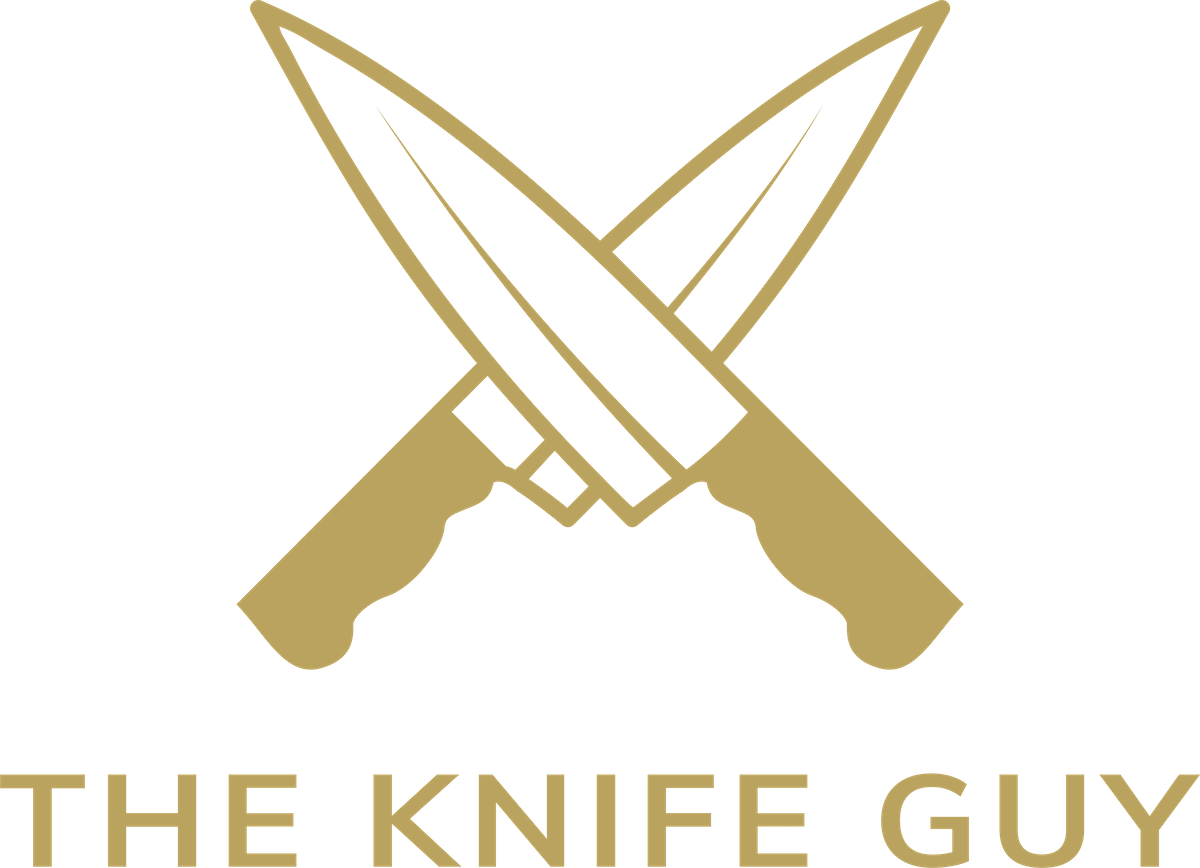5 Kitchen Mistakes That Ruin Your Knives (And How to Avoid Them)
5 Kitchen Mistakes That Ruin Your Knives (And How to Avoid Them)
Are You Accidentally Damaging Your Knives?
Even the best knives won’t stay sharp forever—especially if they’re being mistreated in the kitchen.
As a professional sharpener in Reno, I see it all the time: chipped blades, bent tips, dulled edges…
and most of the damage could’ve been avoided with a few simple changes.
Here are the top five kitchen mistakes that ruin your knives—and how to keep yours in great shape between sharpenings.
1. Cutting on the Wrong Surface
The Mistake: Chopping on glass, granite, marble, ceramic, or metal surfaces.
Why It’s Bad: These surfaces are too hard and will rapidly dull or chip the edge of your knife.
What to Do Instead: Use wood or plastic cutting boards. End-grain butcher blocks are ideal—they absorb the edge instead of pushing back.
2. Tossing Knives in a Drawer
The Mistake: Storing knives loosely in a kitchen drawer.
Why It’s Bad: Blades bang against other utensils and get nicked, dulled, or bent. Plus, it’s dangerous to reach into.
What to Do Instead: Use a knife block, magnetic wall strip, drawer organizer, or individual blade guards to keep edges protected.
3. Putting Knives in the Dishwasher
The Mistake: Washing knives in the dishwasher for convenience.
Why It’s Bad: Heat, water pressure, and detergent can warp the handle, corrode the blade, and dull the edge.
What to Do Instead: Always hand wash your knives gently with warm water and dry immediately with a towel.
4. Using the Wrong Knife for the Job
The Mistake: Using a chef’s knife to cut through bones, frozen foods, or packaging.
Why It’s Bad: This can bend or chip your edge—or snap the tip altogether.
What to Do Instead: Use the right tool: a boning knife, cleaver, or utility knife. And never pry with the tip.
5. Never Sharpening or Honing
The Mistake: Waiting years between sharpenings or skipping honing altogether.
Why It’s Bad: Even gentle use will dull an edge over time. A dull knife feels sluggish, slips easily, and forces you to use more pressure—which increases the chance of an accident.
What to Do Instead:
- Hone weekly with a steel or ceramic rod to maintain the edge.
- Sharpen professionally every 3–6 months (or more often for chefs and frequent cooks).
Bonus Tip: Check for Chips and Bent Tips
Many people don’t realize their knives are chipped or misaligned until they’re back from sharpening.
Take 10 seconds to inspect your blade under good light. If it’s not smooth, even, and straight—you’re overdue.
Keep Your Knives in Top Condition
Caring for your knives isn’t complicated—it just takes the right habits. And when you do need a professional tune-up, I’ve got you covered.
The Knife Guy – Reno’s Local Sharpening Expert
- Location: Peaceful Valley Dr, Reno
- Price: Starting at $10 per knife
- Turnaround: 1–2 hours, often while you wait
- Includes: Free chip repair and tip restoration
- Book Now: Call or text 775‑247‑1281 or visit theknifeguyreno.com





Are you able to recommend steak knives.
Brands you recommend
blade material (carbon steel)
edge Serrated or
pointed our rounded tip
best knife for deboning a turkey or chicken
Hello Tom, I recommend the Town Cutler steak knives. They’re locally made here in Reno with high quality steel (Nitro V) and beautiful handles. Plus I offer lifetime sharpening with those knives. I also recommend a non-serrated steak knife. I believe the flat edge cuts much better and easier to sharpen to bring life back to the knife when it’s time to do that.